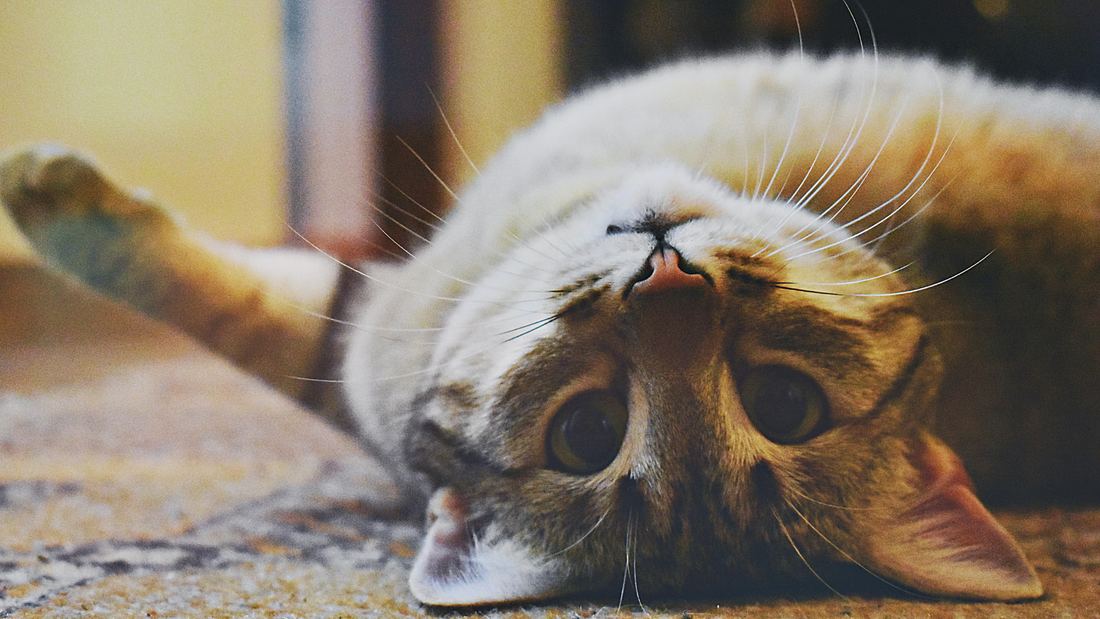Each whisker is an extra-thick hair with a sensory organ at the tip called a proprioceptor. This proprioceptor picks up the vibrations and air currents around a cat and transmits these messages to the brain via nerves in the hair follicle. Air currents not only change when something moves (say, when you enter a room or a dog approaches the sidewalk), they also help a cat judge the size, shape, and distance of stationary objects like furniture. This way, cats can easily navigate unfamiliar (or dark) environments without having to touch or see every obstacle.
And while it's not unheard of for a cat to get stuck in a tight spot, it would happen much more frequently if whiskers didn't exist. According to HowStuffWorks, cats' whiskers are about the same width as their bodies, so they often use them to decide whether they can fit through an opening. If your cat sticks his head into a narrow cardboard box and then loses interest in climbing inside, his whiskers may be a little too shredded to justify the full-body task
Whiskers can also reveal a lot about a cat's current mood. If your cat's whiskers are stiff or receded, they may feel threatened or upset. Loose whiskers indicate that your cat is also relaxed.
HOW MANY WHISKERS DO CATS HAVE?
Although the exact number may vary, most cats have 24 whiskers on their cheeks (12 on each). But that's not the only place cats have whiskers; less conspicuous ones can be found around the chin, near the ears, above the eyes, and behind the front legs.
DO CAT WHISKERS GROW BACK?
Considering how much cats rely on their whiskers, you definitely shouldn't cut them off. However, it is normal for whiskers to fall out on their own from time to time and they will grow back. If your cat seems to be losing more whiskers than usual, this could be due to an allergic reaction, infection, or stress. In this case, you need to take your cat to the veterinarian.

